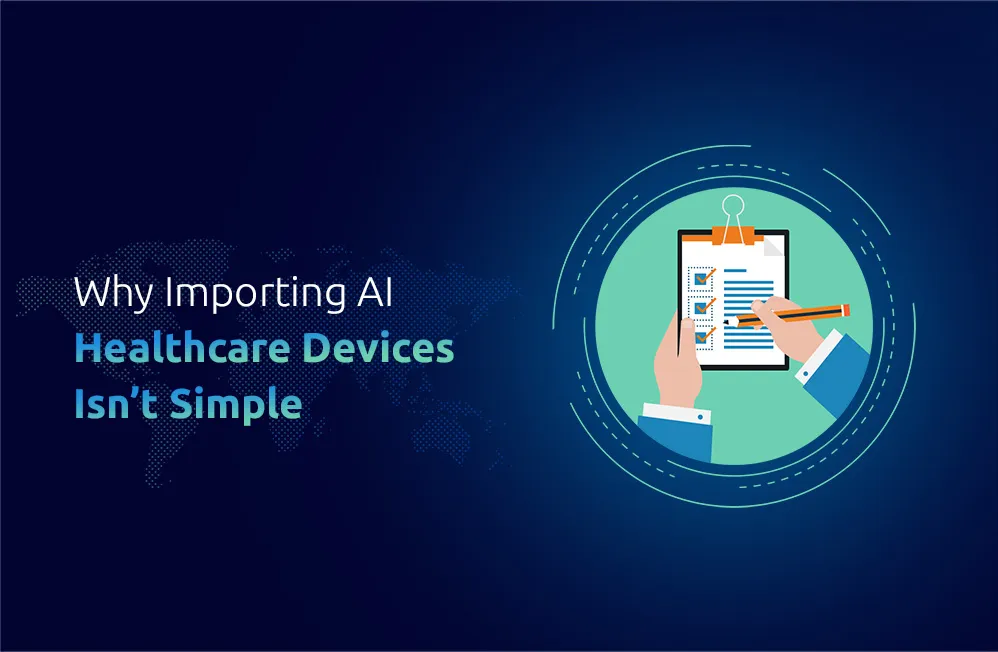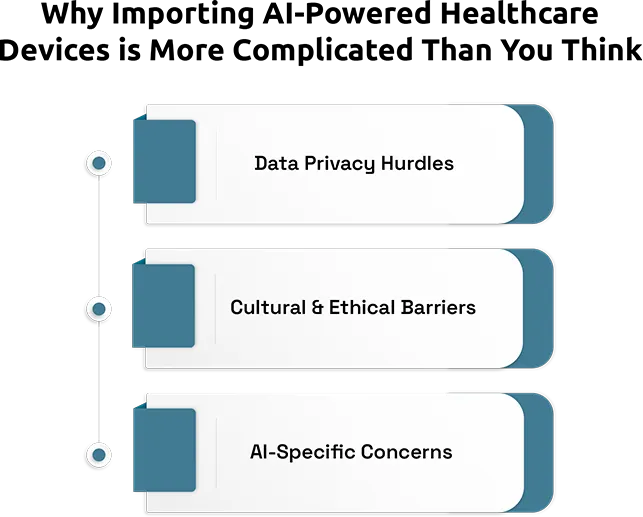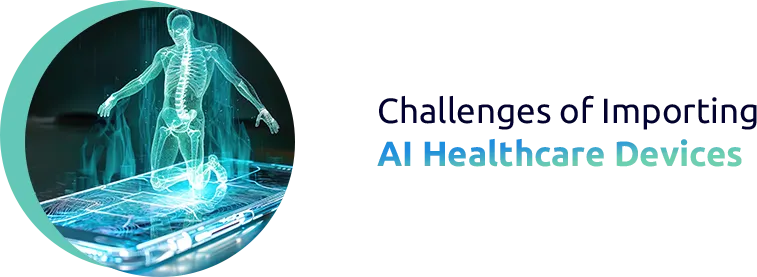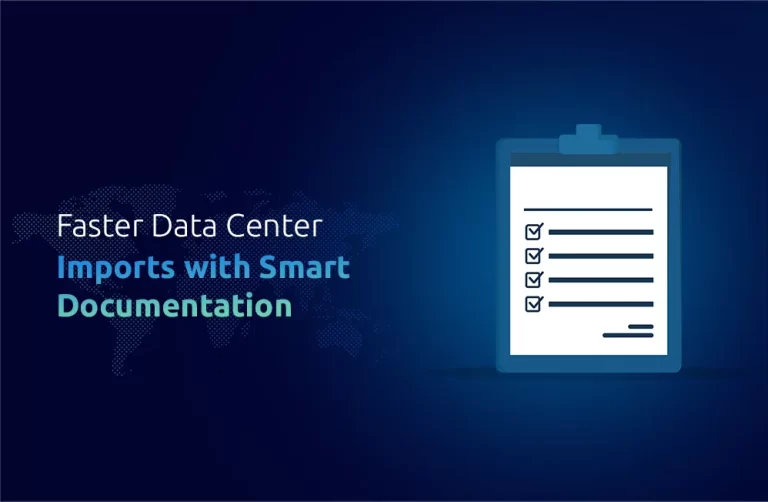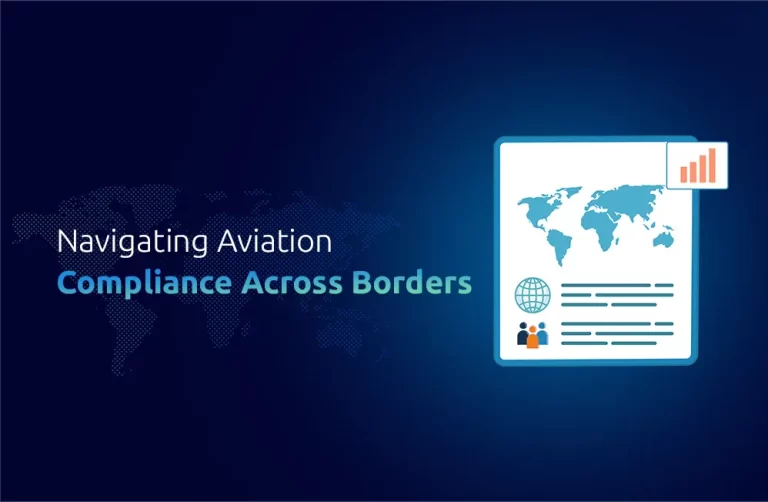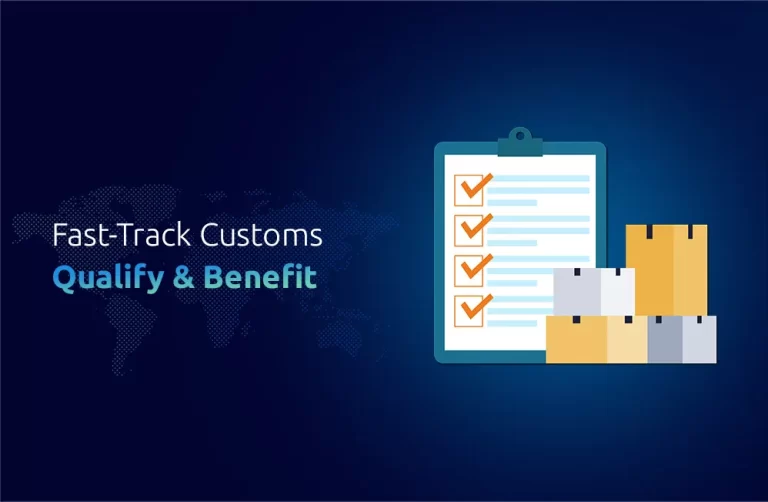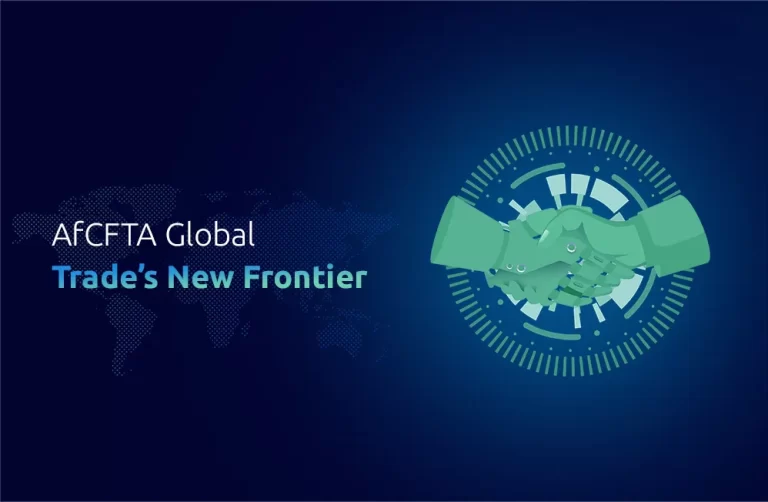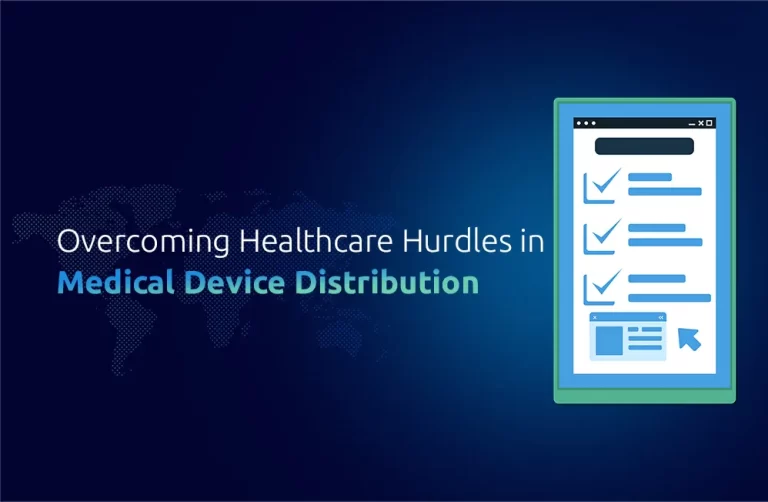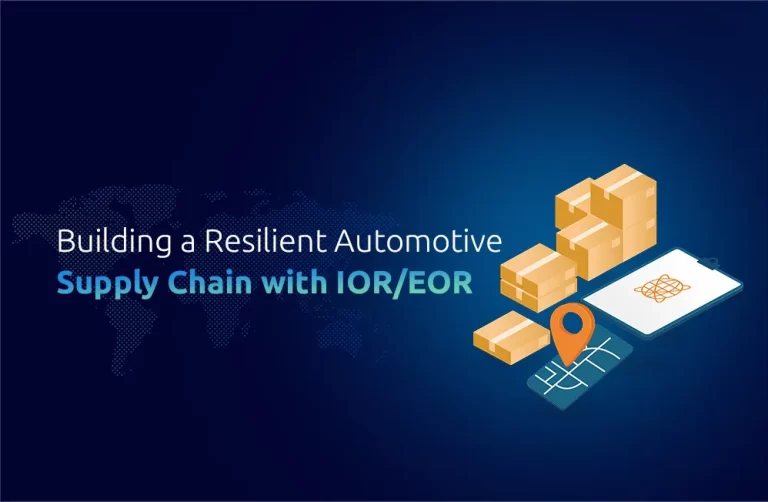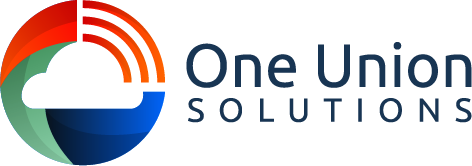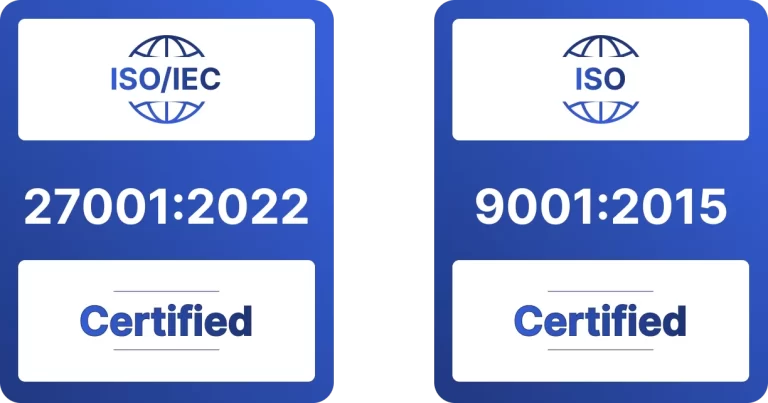Introduction
Healthcare technology implements Artificial Intelligence (AI) to support rapid sector developments in medical devices. Combining AI technology in medical devices creates new possibilities to reshape diagnostic methods and restore strategies and healthcare results. The regulations for importing these devices exceed standard perceptions about their ease of entry into a nation. International trade complexity merges with customs restrictions, tariffs, and importer of record duties to form complex importation regulations.
Multiple obstacles stand in the way when launching importation, including regulatory compliance requirements, tariff definitions, and customs clearance processes. This service page details how to tackle regulatory and logistical problems by implementing effective solutions for importing AI-powered healthcare devices.
Challenges in Importing AI-Powered Healthcare Devices
Importing AI-powered healthcare devices isn’t just a matter of shipping goods from one country to another. There are several key obstacles that companies face during this process:
1. Regulatory Compliance
The main obstacle in importing AI medical devices involves satisfying strict regulations from the destination market. The United States and EU Union member states implement specific guidelines that govern all medical equipment, including artificial intelligence-powered devices.
Medical devices in the U.S. must fulfil requirements set by the FDA for approval. Products using machine learning algorithms & other AI components encounter stricter regulations because their operations depend on data-based software functions that may introduce new possible security threats. Importers must follow these regulations because the FDA requires that imported products meet safety and effectiveness standards for patient use.
The European Union demands CE marking for products to confirm compliance with EU safety requirements. Obtaining necessary certifications and approvals demands a prolonged and intricate process that inspects both hardware & software aspects of AI-powered products.
2. Importer of Record: IOR
As an Importer of Record, one must ensure that imported devices fulfill all domestic requirements for customs procedures, trade regulations, and safety specifications. The IOR handles vital responsibilities for AI-powered healthcare devices by handling intricate documentation and securing customs clearance and proper tariff identifications.
The IOR cooperates with customs brokers by delivering essential paperwork, including commercial invoices, certificates, and supplementary documents for regulatory compliance. The IOR maintains the smooth functioning of customs clearance by facilitating devices to pass through customs quickly without experiencing any delays.
Selecting a dependable IOR service becomes crucial to following international trade rules because high-risk products, including AI medical devices, need this additional compliance support. An incorrect process or improper documentation will result in delayed customs clearances, possible fees, and rejected deliveries.
3. Tariffs and Duties
Implementing tariffs poses a substantial difficulty when bringing AI-equipped healthcare equipment into service. The value of customs tariffs depends significantly on product categories combined with the origin country and the exact policies of the destination market. Successful importation of medical devices requires precise knowledge about tariff classes to prevent unnecessary duty expenses and procedural delays.
Most countries taking advantage of reduced duties through the Generalized System of Preferences agreements need to focus on proper product classification. Organizations importing goods should determine every aspect of potential tariffs before delivering products.
4. Customs Clearance and Processing
Medical devices face rigorous customs clearance requirements due to their requirement for supplemental certification files. AI-powered devices must satisfy particular health and safety laws and regular import documentation. To import medical devices into the U.S., FDA 510(k) clearance is needed, whereas European products require European CE marking.
The medical devices’ clearance process extends after customs paperwork submission because they must undergo inspection or testing at another stage, which delays their entry clearance. Patient care duration could suffer from delays resulting from improper documentation when customs brokers handle procedures, but ensure you follow guidelines to overcome these delays.
5. Logistics and Warehousing
AI-powered healthcare devices must be properly warehoused and supplied through the chain after customs clearance to avoid deterioration or injuries. To preserve device integrity, healthcare devices need specific storage requirements that might require guarded spaces and controlled temperature storage.
After devices arrive in the country, the success of supply chain operations determines their timely delivery. Medical device importers need logistics providers specializing in device transportation so their goods reach the correct warehouses, leading to delivery destinations for healthcare providers.
Conclusion
The process of importing healthcare devices equipped with AI technologies requires businesses to navigate multiple regulatory barriers and practical, logistical requirements. Multiple specialized skills are required to handle customs clearance procedures, understand classification systems, and protect regulatory requirements concurrently with accepting Accountability as an importer of record. Through proper backing, the mentioned difficulties become manageable, which allows for a seamless device import that fulfils complete regulatory requirements.
One Union Solutions delivers full-scale solutions for importing healthcare devices powered by artificial intelligence. Our company has vast knowledge in customs clearance, supply chain management, and international trade, thus delivering your devices to market with quick, safe entry, avoiding unnecessary delays and compliance problems.
Did You Know,
The AI in the healthcare market worldwide will grow to exceed $40 billion during the 2026 fiscal period with a projected annual rate of more than 40 percent.
FAQs
1. What duties and responsibilities does the importer of record hold?
Ans: As the importer of record, one is responsible for guaranteeing all applicable laws for imported goods, such as customs mandates, tariff regulations, and health standards and safety terms.
2. Why does the government require special regulations for devices that use artificial intelligence in healthcare?
Ans: AI-powered devices need additional regulatory management because their refined algorithms directly impact patient healthcare. The devices need to demonstrate safety and effectiveness through regulatory checks.
3. How do tariffs affect the cost of importing medical devices?
Ans: Tariffs can increase the cost of importing medical devices. It’s important to classify devices correctly and understand applicable tariffs to minimize costs.
4. What paperwork is required for customs processing?
Ans: The essential documents required for customs clearance include commercial invoices, certificates of origin, FDA or CE certifications, and necessary destination country regulatory compliance paperwork.
5. The Generalized System of Preferences (GSP) stands as what?
Ans: Under the Generalized System of Preferences, many healthcare devices from developing countries qualify for discounts through preferential tariffs or exemptions.

